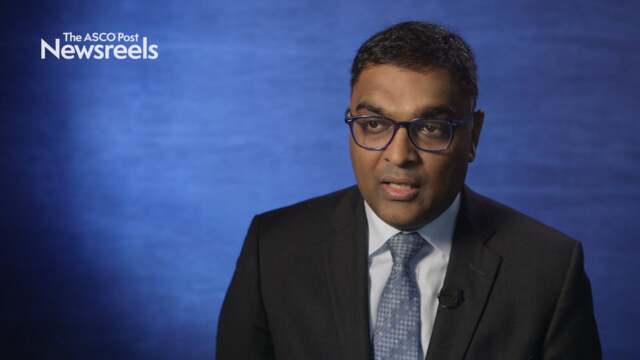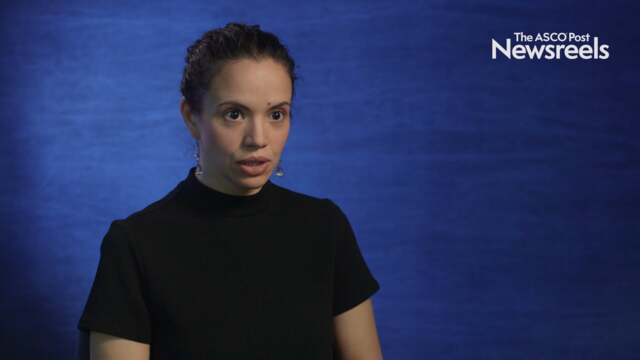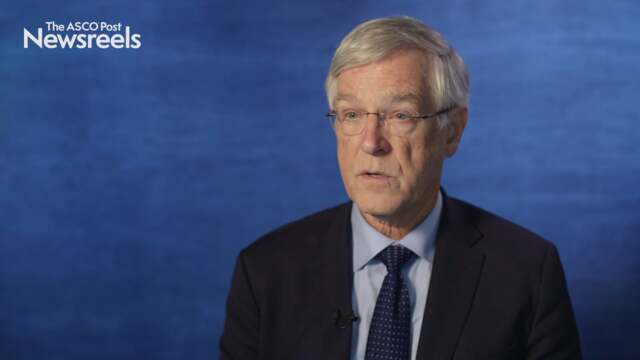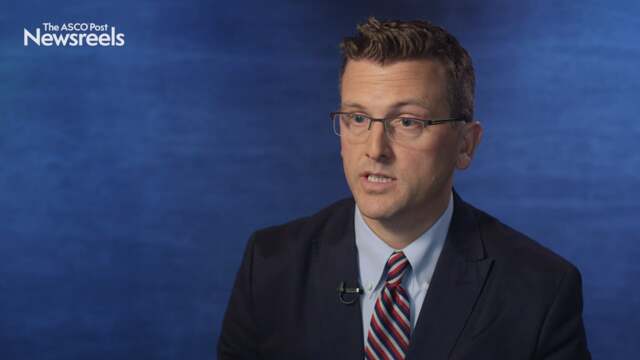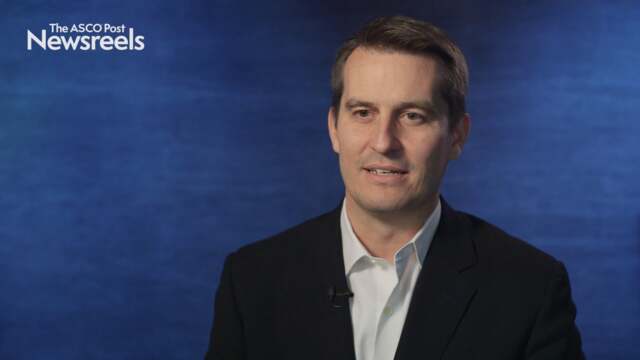Tanaya Shree, MD, PhD, on DLBCL Survivors: Long-Term Effects
2017 ASH Annual Meeting
Tanaya Shree, MD, PhD, of Stanford University Medical Center, discusses findings from a large population-based study suggesting lasting effects of lymphoma and its treatments: an increased incidence of autoimmune and infectious diseases (Abstract 198).
Alok A. Khorana, MD, of the Cleveland Clinic, discusses the prevalence of venous thromboembolism in cancer patients treated at U. S. emergency departments and associated costs, mortality, and hospital admissions in the United States (Abstract 219).
Carla Casulo, MD, of the James P. Wilmot Cancer Center, discusses findings on POD24 as a robust early clinical endpoint of poor survival in follicular lymphoma, using data from more than 5,000 patients in 13 clinical trials (Abstract 412).
Joseph M. Connors, MD, of the British Columbia Cancer Agency, discusses study findings on a new front-line option: brentuximab vedotin plus doxorubicin, vinblastine, and dacarbazine in patients with previously untreated stage III or IV Hodgkin lymphoma (Abstract 6).
Mark J. Roschewski, MD, of the National Cancer Institute, discusses phase II study findings that showed DA-EPOCH-R cures most adult patients with Burkitt lymphoma, irrespective of HIV status (Abstract 188).
Brian T. Hill, MD, PhD, of the Cleveland Clinic, discusses study findings that showed consolidation with autologous hematopoietic cell transplant in the first remission improves overall survival in patients younger than age 65 (Abstract 341).
